In today's fast-growing telecommunication industry, the manufacture of optic fiber pigtails has significantly supported quality connections since the launch of Oyi International, Ltd. In Shenzhen, China, in 2006, it has been at the forefront of pioneering this technology. As a young and progressive fiber optic cable firm, OYI aims to become a global firm delivering superior fibre optic cables, equipment and services to the business and ordinary people. This article explores the details of optic fibre pigtails manufacturing, showcasing the company's products, the manufacturing process, and the uses of these products in different industries.
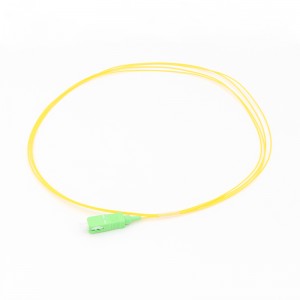
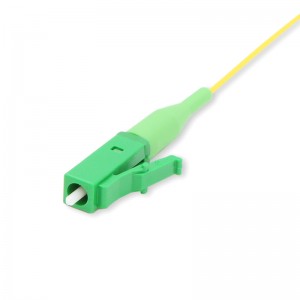
A fiber optic pigtail is a fiber transmission cable with only one connector attached to a single end. This relatively uncomplicated but critical element is crucial in producing communication devices in the field. Thus, pigtail cable can be single or multi-mode depending on possible transmission media. Further, they can also be classified according to the connector structure, including FC, SC, ST, MU, MTRJ, D4, E2000, and LC, PC, UPC, and APC are the other classifications of these cables that they have due to the polished ceramic end-face.
OYI has a focused business model deals mainly in fiber optic pigtail products. These consist of the different transmission modes, optical cables, and connectors, the choices of which can be made randomly. The company's Technology R&D department has more than 20 target personnel working and focusing on new technology advancement and product and service quality.
The fiber optic pigtails offered by OYI boast high stability in its transmission and high reliability. These pigtails are developed, fabricated, and characterized per the industry's norms and requirements. High-quality workmanship, as evidenced by the above mechanical and performance specifications, can go hand in hand with rigorous quality control to provide products that can fit in any optical network applications, whether in central offices, FTTX, or LAN, among others.
The processing of fiber optic pigtails requires some critical stages to meet user requirements.
Fiber Selection: The process commences with the right choice of optical fibers, which should be of the highest quality. Fibers incorporated in the final product's production are sourced from OYI to meet the company's performance criteria.
Connectorization: The selected fiber is then connectorized, which means a connector is fitted to one end of the fiber cable. This step involves a lot of care to avoid signal loss as much as possible to get an excellent result. The types of connectors may include FC, SC, and ST, depending on the link specification needed.
Polishing: The fiber end is polished to the required standard after connecting the connector. The polishing is as essential as a roughing stage because it helps to control back reflection and loss of signal. Polished end types are PC, UPC, and APC, each performing distinctively.
Testing and Quality Control: Finally, bright polishing is done on the fiber optic pigtails, and after this, the pigtails are tested to meet set standards. The test samples are as follows: Insertion loss measurement. Return loss measurement. Mechanical tests. These tests help establish that the pigtails can stand the test of time as determined by different uses in the real world.
Packaging and Delivery: The last step is to encase the most preferred and best-performing fiber optic pigtails to supply them to consumers. In this connection, OYI guarantees the products are well-packed to avoid damage while in transit.
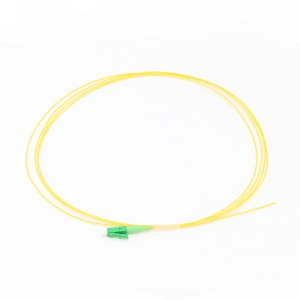
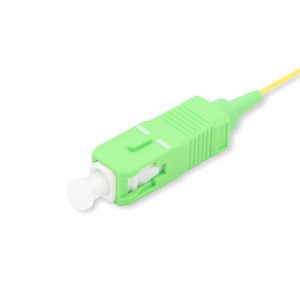
There are numerous applications of fiber optic pigtails, including telecommunications, data centers, CATV, and other industrial uses. Their primary purpose is to establish a stable link on the condition that fiber optic cables are connected to the network equipment. Some of the critical applications include:
Telecommunications
In the telecommunications industry, fiber optic pigtails connect high-speed internet phones and TV services. It is crucial in transmitting data faster and accurately over large distances and large networks.
Data Centers
In the real sense, data centers utilize fiber optic pigtails to interconnect servers, storage systems, and networking equipment. Fiber optic connections have very high bandwidth capability and low latency, which is advantageous for data center implementation.
CATV
High-definition television signals to the cable television subscribers are transmitted through fiber optic pigtails used by the cable television providers. The cables also give the pigtails very low signal attenuation and high signal quality.
Industrial Applications
In industrial communication, the pigtails are applied to link sensors, control structures, and metrics appliances through fiber optic cables. Due mainly to their reliability and immunity to electromagnetic interference, these switches are ideal for use in industrial environments.
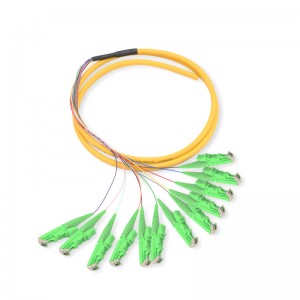
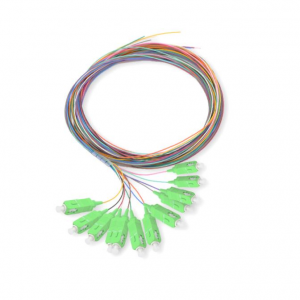
Fiber optic pigtails from OYI can be advantageous in several ways, putting the company in a better position than its competitors. Some of these benefits include the possibility of presenting fiber optic pigtail products that meet a specific customer need in a matchable transmission mode, qualified optical cable kind, and the type of connector.
Optic fiber pigtails manufacturing is a significant component of contemporary telecommunication and data communication. Still, today, new managerial approaches, hard work and, most importantly, the desire to offer the customer only high-quality products have made OYI the leader in this sphere. Being a key supplier of fiber optic pigtails that meet each business and client's need regarding reliability and performance, the company contributes to the promotion of effective business communication worldwide. Oyi International Ltd's fiber optic pigtails apply to telecommunication, data centers, CATV, and other industrial applications. They can be a perfect fit even for other optical networks requiring the highest performance.

 0755-23179541
0755-23179541  sales@oyii.net
sales@oyii.net